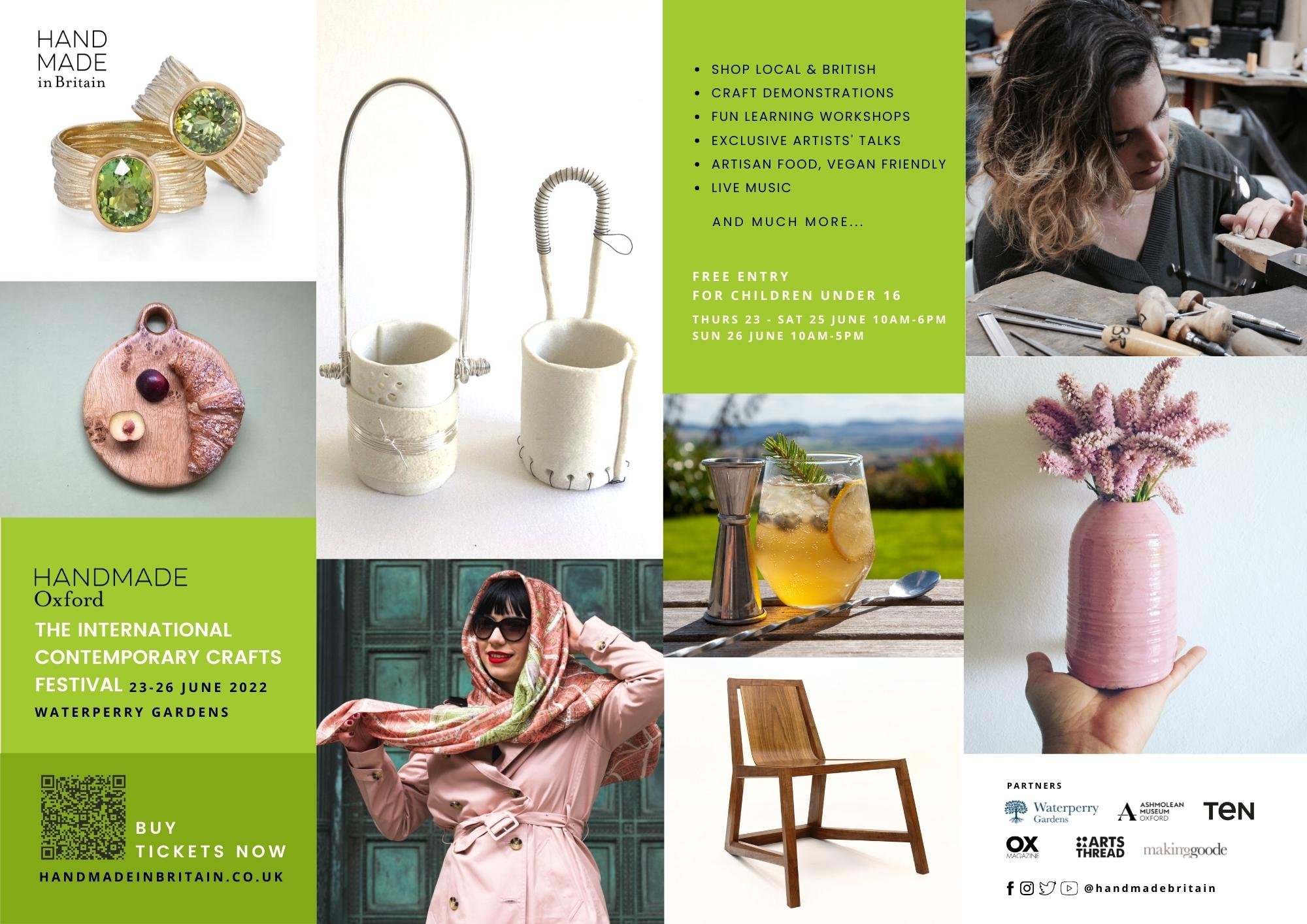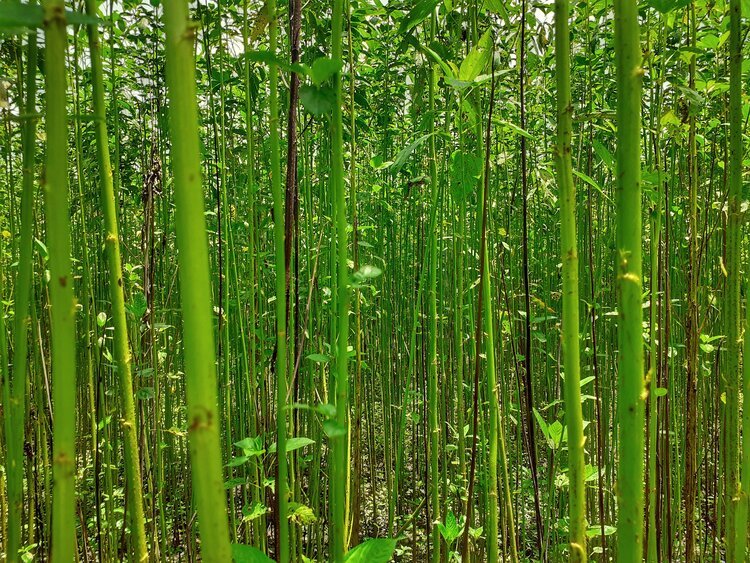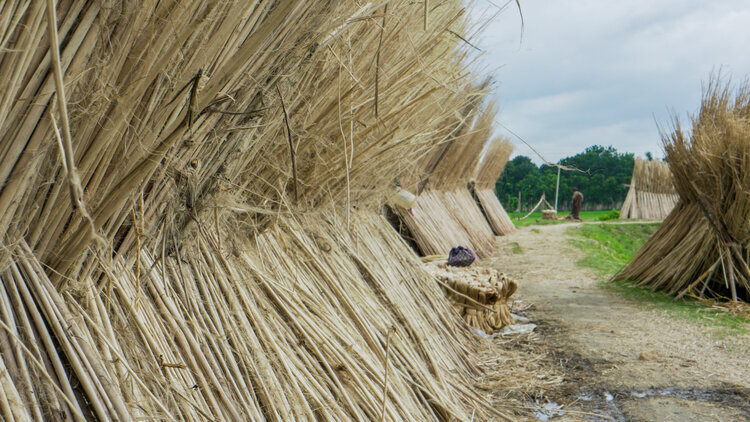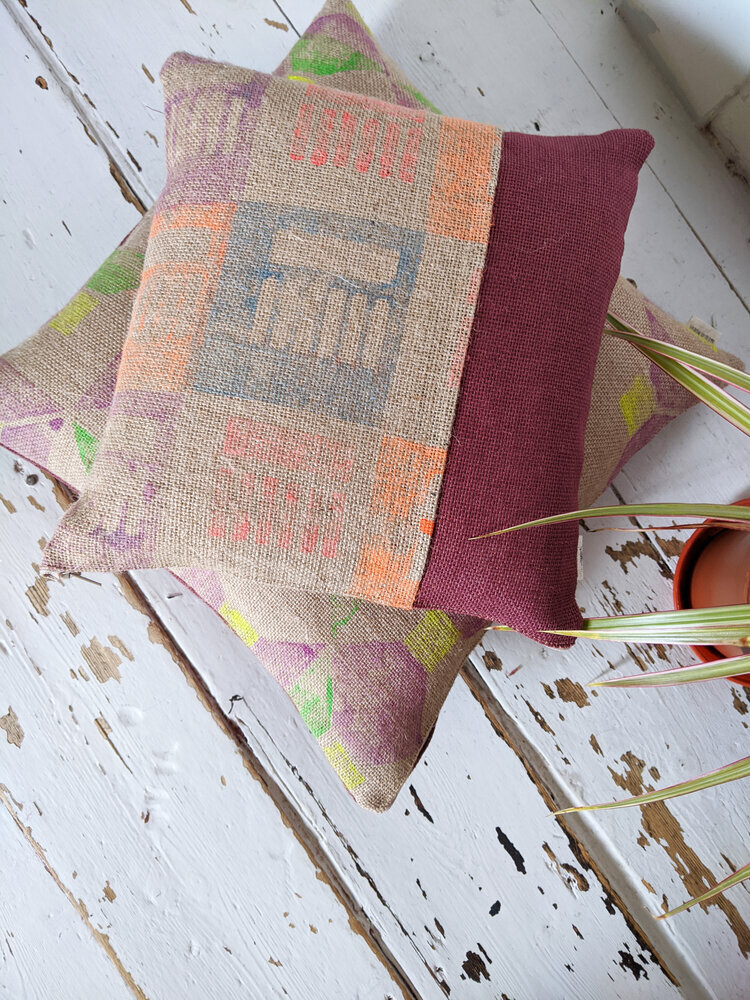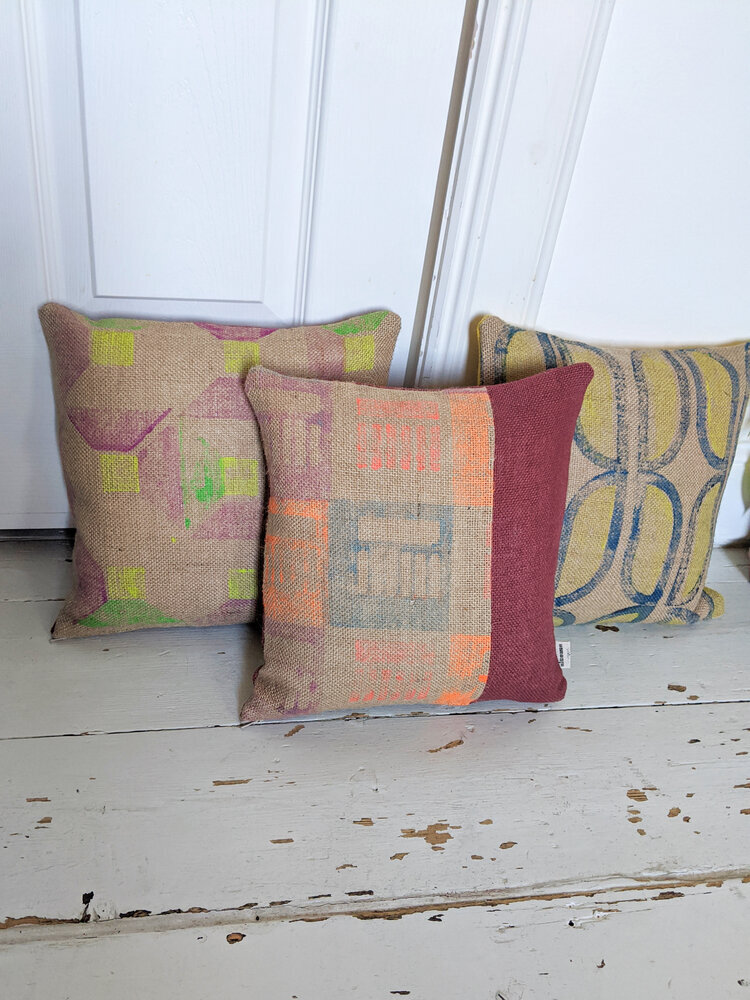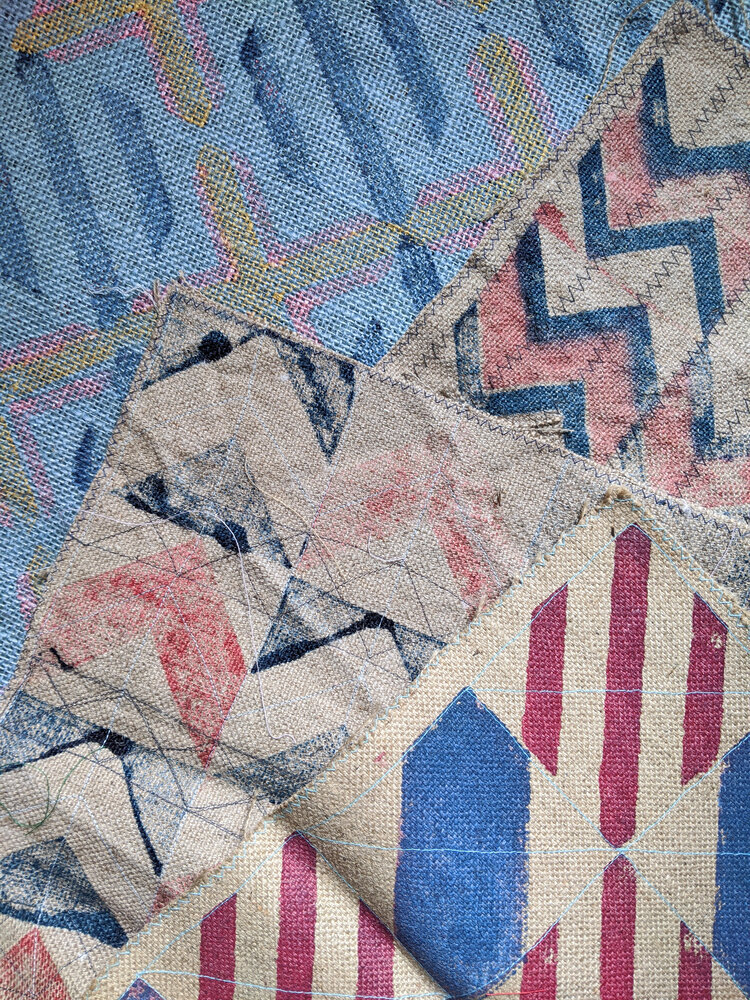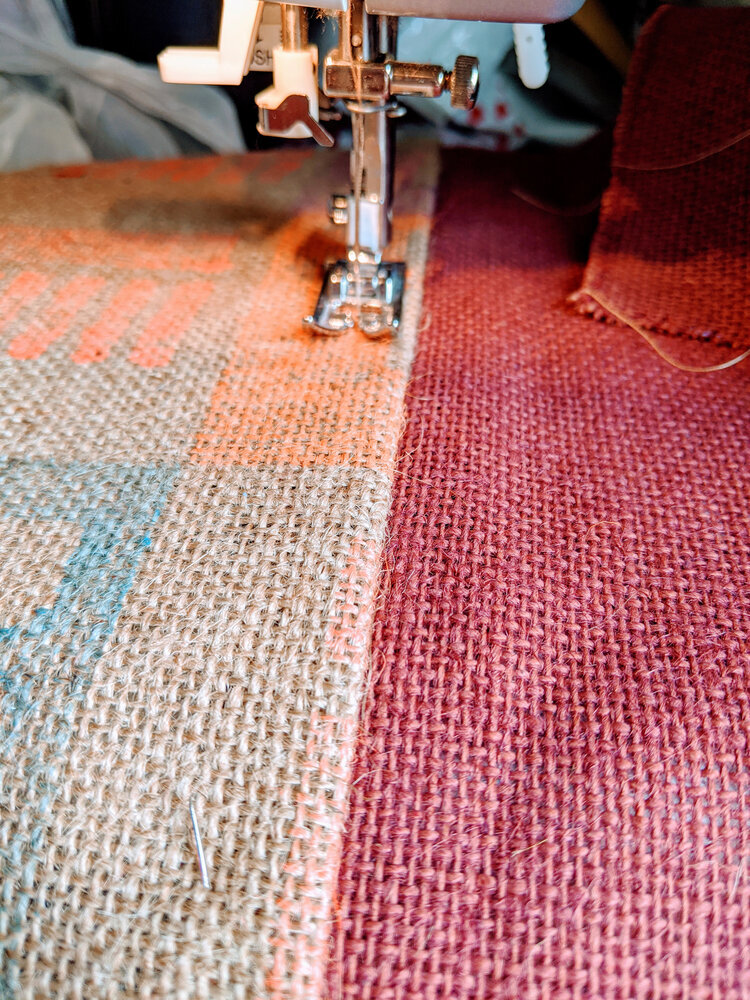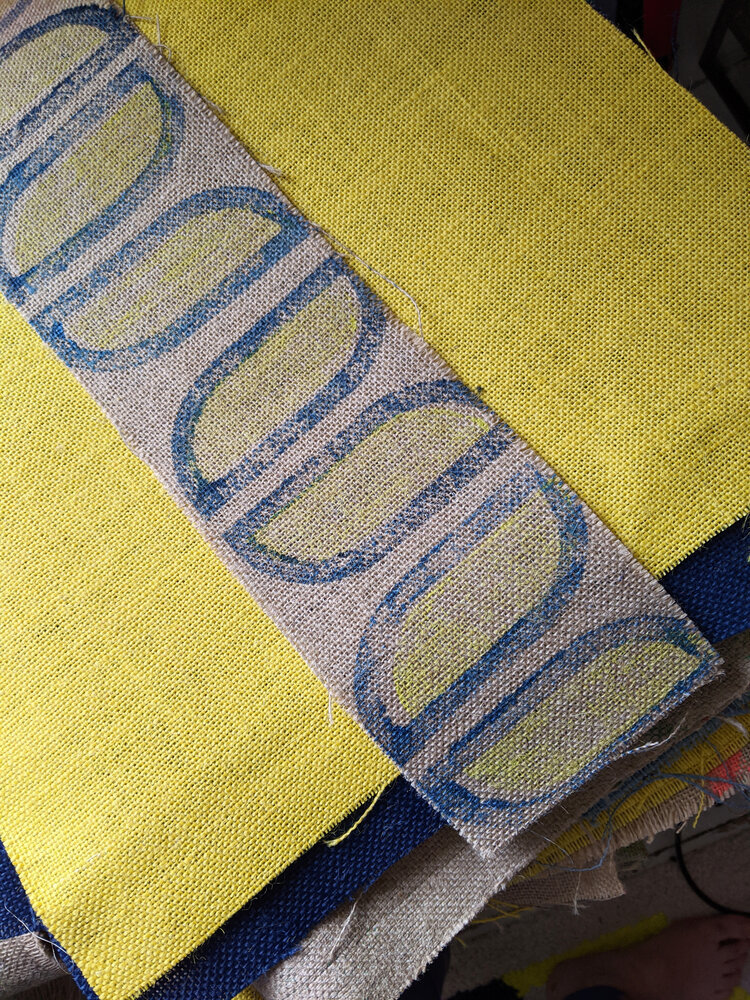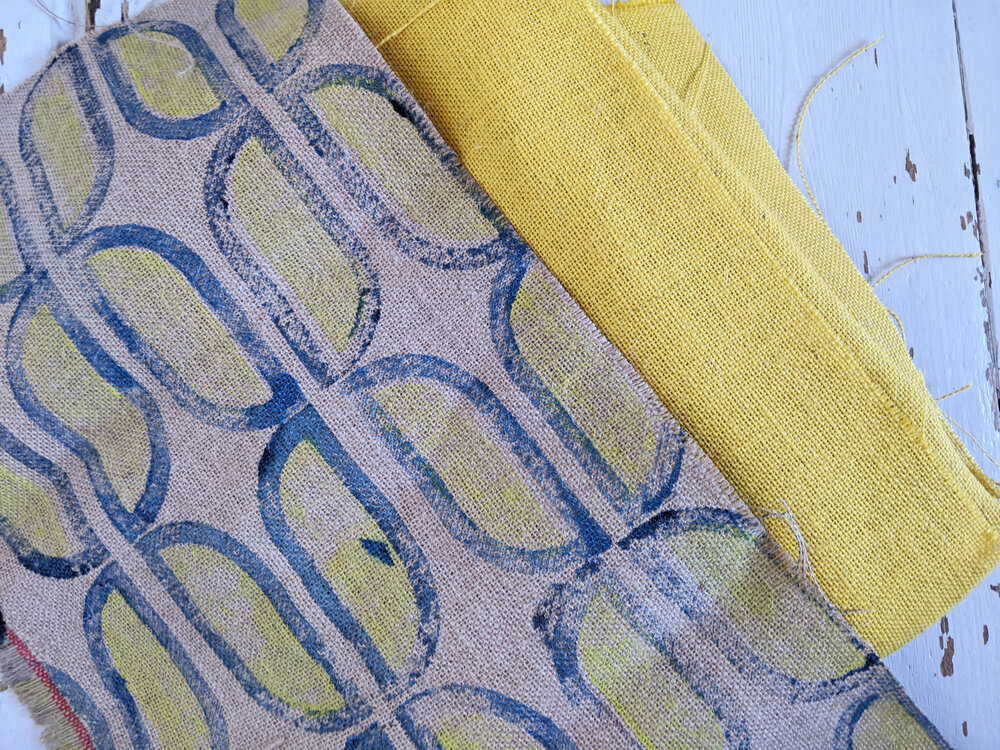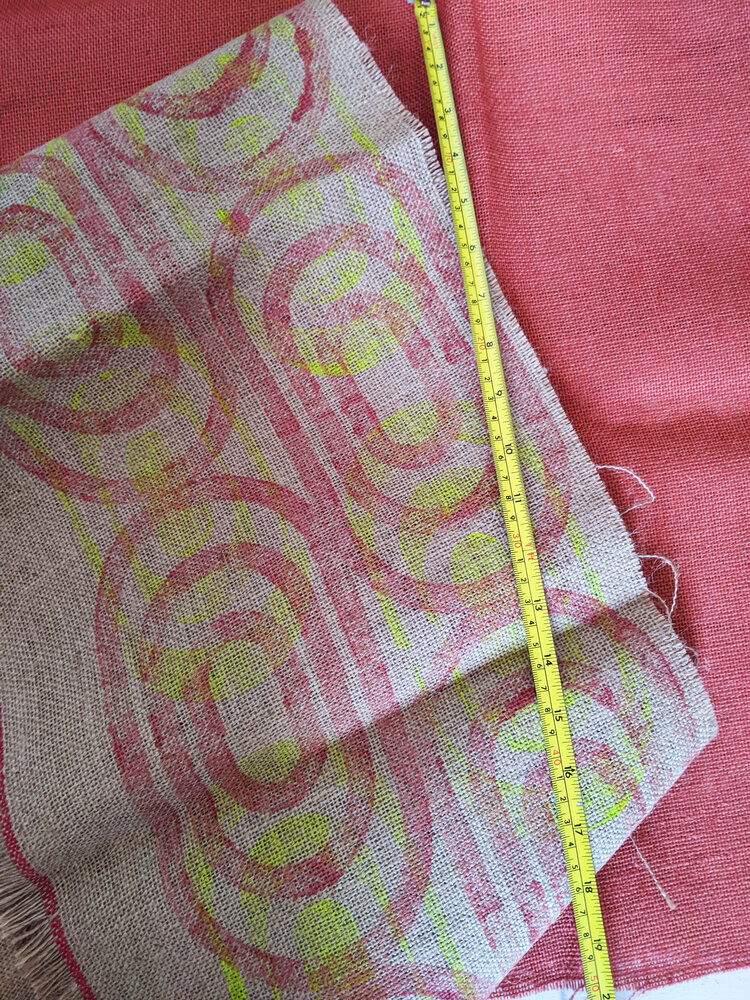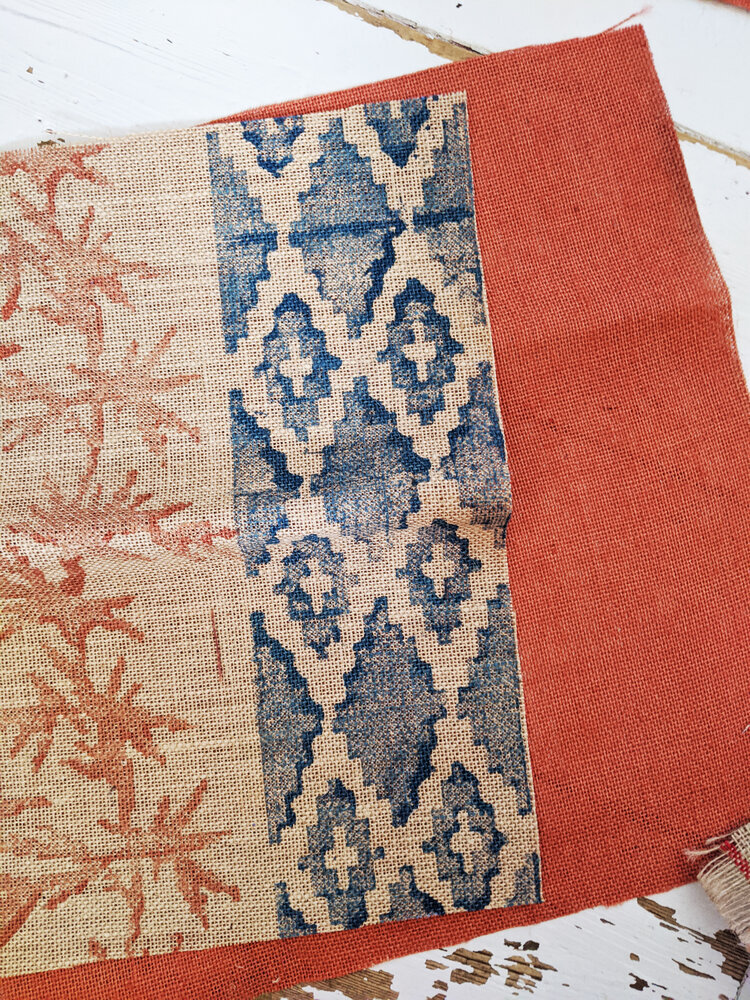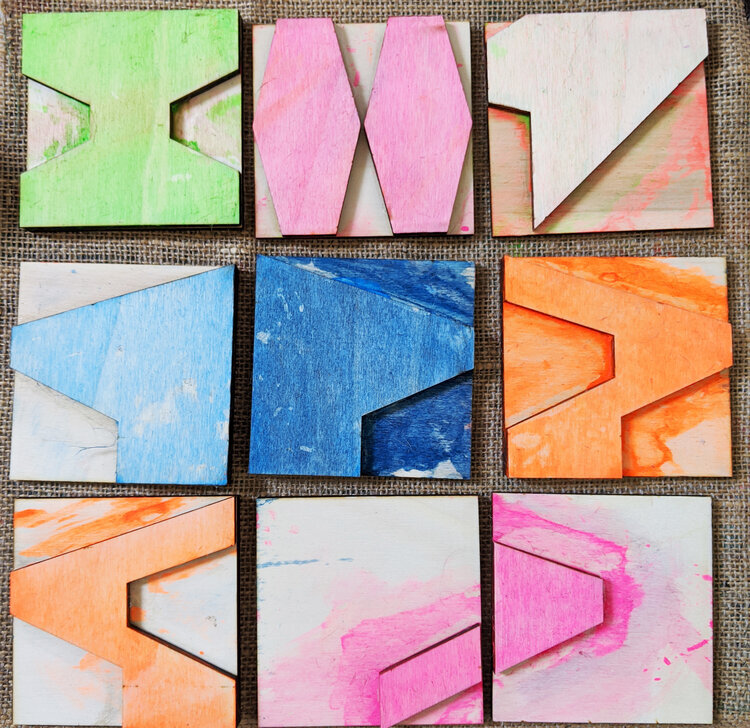hello! and welcome to zitozza. we are now open and this is our first blog post. introductions are always awkward so let’s get it quickly over with. the intention of this blog is to keep it updating regularly, with all the latest research into our processes and thoughts that drive our designs, and of course news and developments around our studio. also, of course, to give a chance to look behind the scenes from time to time, share some inspiration and sneak peeks of up and coming products. so let’s start with a short introductory post.
so what is exactly do we do here at zitozza? first and foremost, surface pattern design. however i understand that’s a little generic, given that the “surface” at zitozza is made exclusively of jute, for its amazing, tactile texture and incredibly sustainable qualities. we mostly cover surfaces in the modern home such as rugs, lampshades and cushions and these products showcase the variety of patterns possible with the printing blocks. (although you can, for sure, make bags and other things of our fabrics too (and if you do, please share!)
and yeah, well, pattern design must be specified further too. we don’t just offer separate patterns in defined colourways, no. here’s the interesting bit: the zitozza look is all one system! not individual designs, not separate collections (okay, a little bit), but it’s all about the system. our patterns are made of (mostly) uniform sized, square shaped printing blocks, creating the system of interchangeable, infinitely combinable designs, and you can make it as simple or as complicated as you want. they are separated into MODERN and HERITAGE, the former consisting of brutalism-inspired, geometric elements and the latter a bit more organic and tradtional, but all arranged in an orthogonal geometry that’s unique and defining our look.
this system allows us to create an infinite number of pattern with the same printing blocks in individual colourways, suited to your taste and surroundings. because of the flat, square shapes of our blocks, we call them tiles, and instead of collections, we call them tilesets, because they are not a collection, and it’s all one system. we don’t have collections in the sense of metres and metres of the same pattern and even samples are made to order because the hand printing makes a deep level of customisation and exclusive designs possible.
apart from having immense fun making them, we want to be able to offer unique designs and something that can be varied further in a single room but remains in the same modern, hand printed style of course that we define as the “zitozza aesthetics”.
what we want to offer to the modern home is colours, play, and nice, durable things that didn’t cost the earth.
so why don’t you browse and discover for yourself what’s available? explore our “collections” or make up your own design with these blocks.


